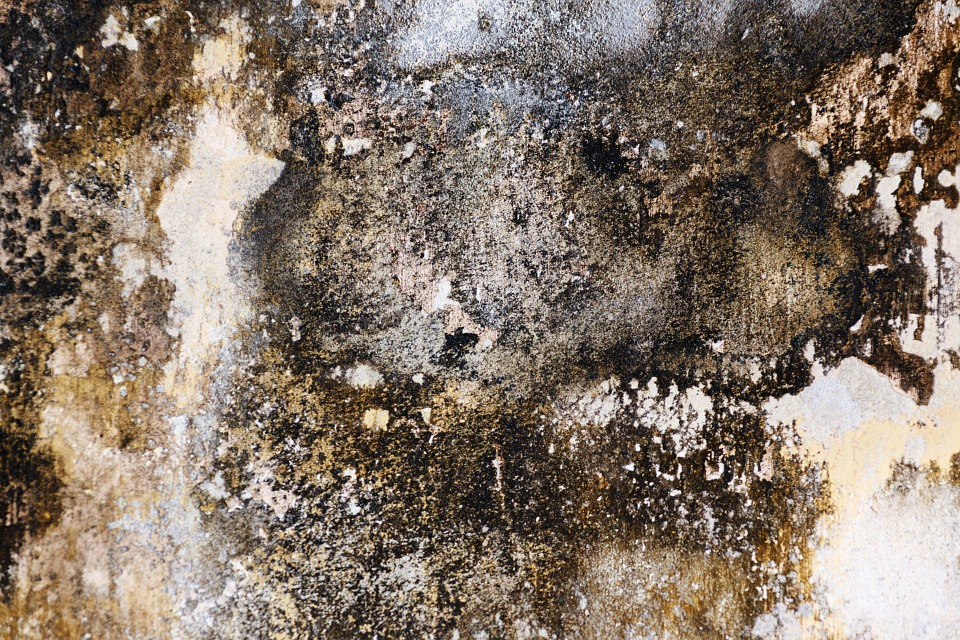Over time, problems can develop in a home that sometimes leading to damp. In some cases, these are identified quickly and easily rectified. Unfortunately, there are times when this isn’t the case and expensive, invasive treatment is required.
This post is designed to help you identify any signs of damp quickly and help you fix them without delay.
“Damp is a problem that no-one wants in their home, but if it does begin to appear it must be dealt with quickly,” said Andrew Reeves, Pimlico estate agent. “Knowing what the tell-tale signs of damp are, is a good place to start.”
10 Signs You Have a Damp Problem in Your Home
If something changes in your home and you notice worrying signs, it’s not always because of damp. But, the following ten things are commonly associated with a damp problem, that householders should be aware of.
- Discoloured plaster or signs it flaking off.
- Any sign of mildew or mould on any part of your interior walls.
- Noticeable musty, damp aroma.
- A shadow or stain on your wall coverings, blistering paint or peeling wallpaper.
- Damp walls or damp patches.
- Salt stains on outside walls.
- Signs of rust on angle beads within your plaster work.
- Rotting wood or decaying timber and indoor fungi or wood-boring weevils.
- Crumbling mortar on the outside of the property.
- Skirting boards can show signs rising damp if nails and screws show signs of rust.
If you notice any of these signs, or more than one, then there’s a real chance you have a damp problem in your home. Or that one is developing. You need to respond to any of the signs quickly, in order to ensure the problem doesn’t spread and can be dealt with effectively.
“If you have concerns that a damp problem has entered your home, the worst thing you can do is to bury your head in the sand,” Newington Green estate agent, M&M Property. “If you ignore the initial problem it could get worse more quickly than you expect, leaving you with something that’s harder and more costly, to mend.”
Seek Expert Advice
Unless you have some building or maintenance knowledge, the best thing to do is seek expert advice on the problem, as quickly as possible. Try and get in touch with someone you trust or who has been recommended, but don’t delay.
If the problem isn’t too severe and you’re a confident DIYer, then the expert you contact for an initial assessment, may be able to point you in the right direction to deal with the problem. If it’s a bigger problem than you thought and professional work is required, begin making the arrangements as soon as you can.
Of course, ringing round for quotes and doing a bit more research is something you should fit in too. But, try and set some time aside to get it all done quickly. The last thing you want is for the damp to cause further problems in your home which lead to increased costs.
“It’s always important to get problems with your home fixed as soon as possible and where that’s not possible, to ensure a short-term fix while you plan the eventual eradication,” said estate agent, Best Gapp. “A problem like damp doesn’t just affect your home, it can also affect the health of your household and that means it has to be a priority when it comes to home improvement jobs.”
